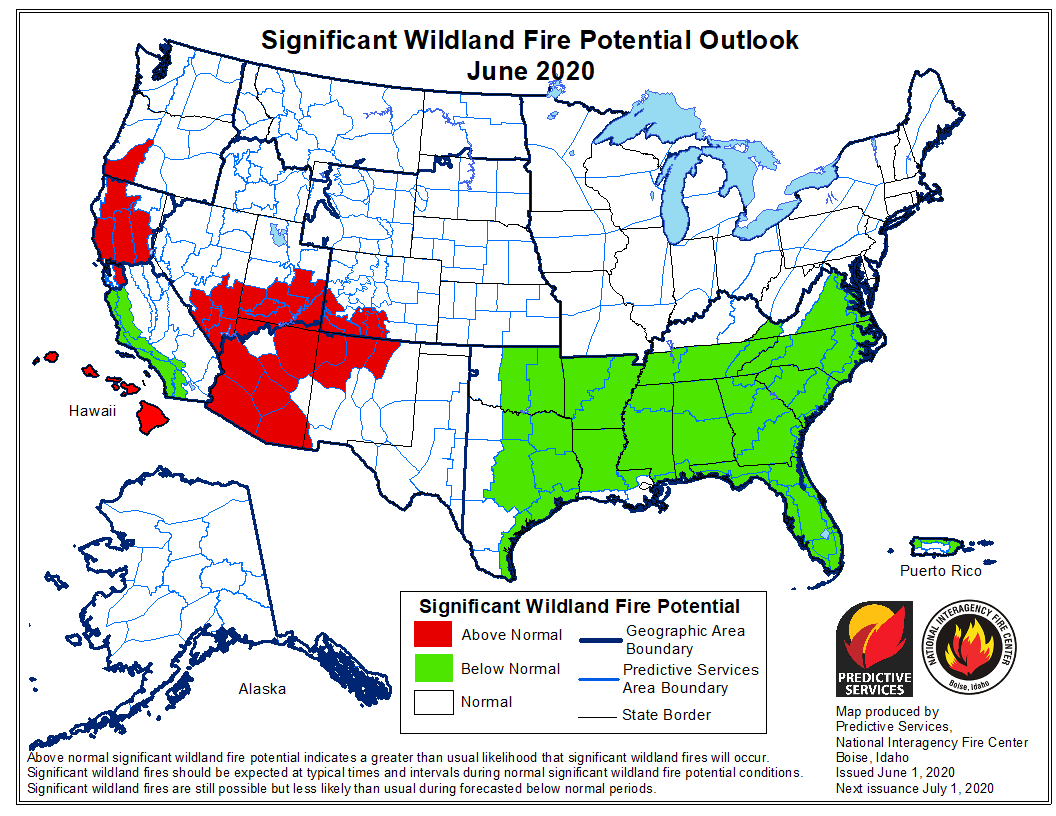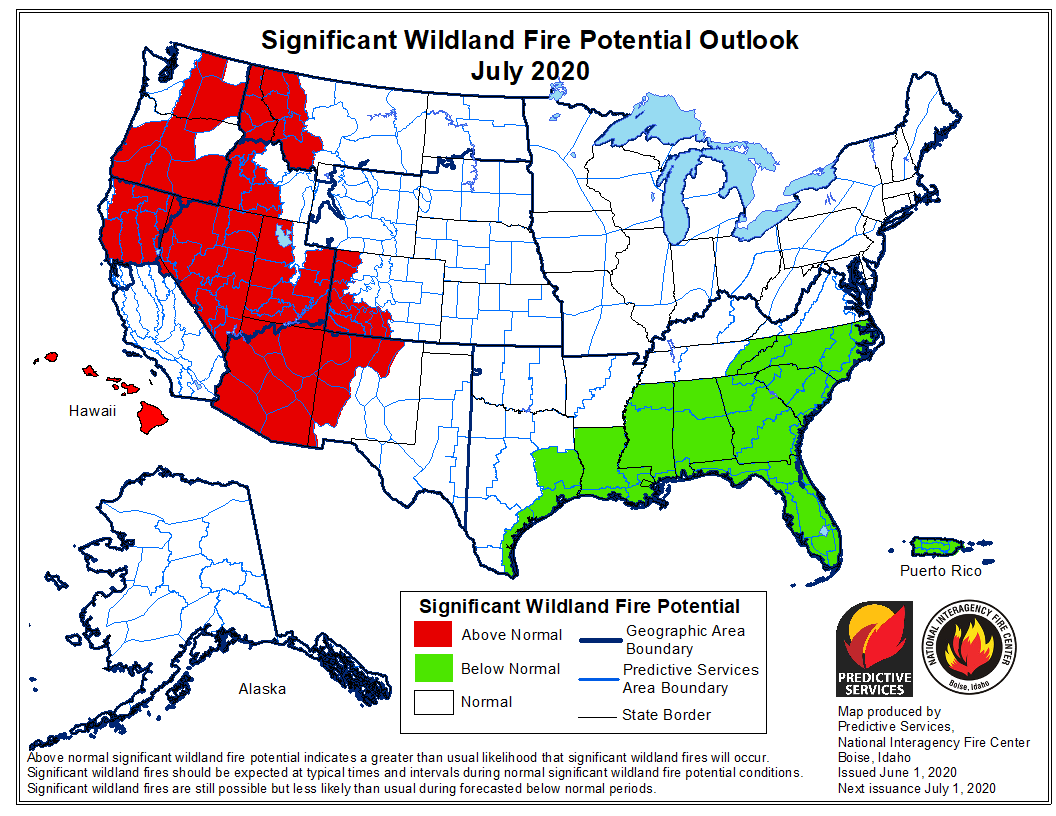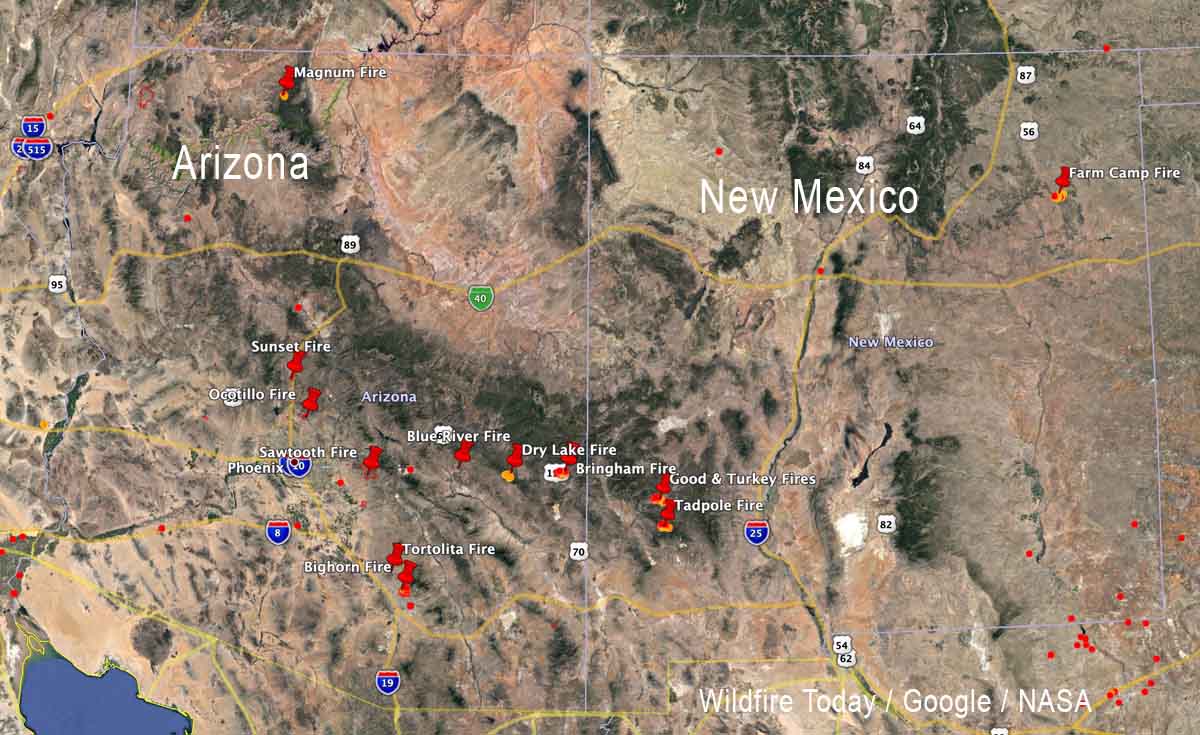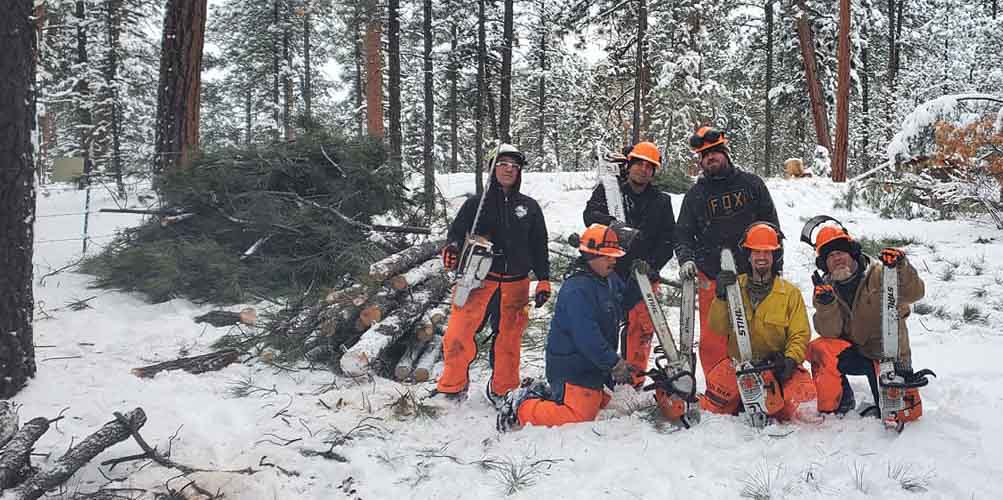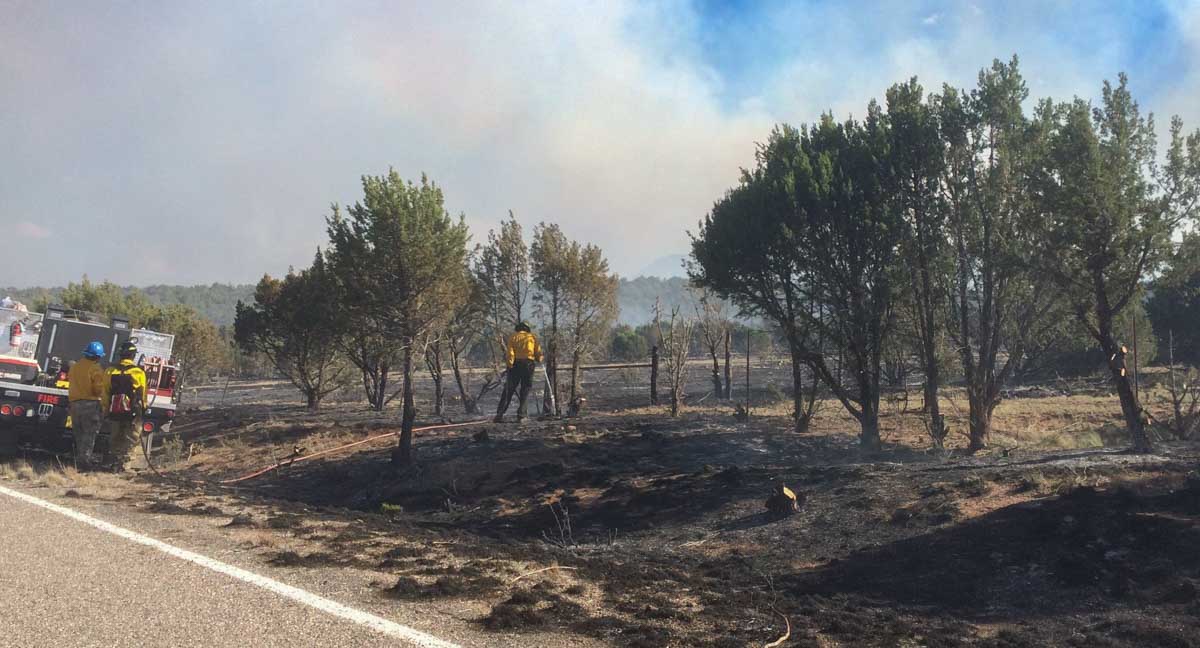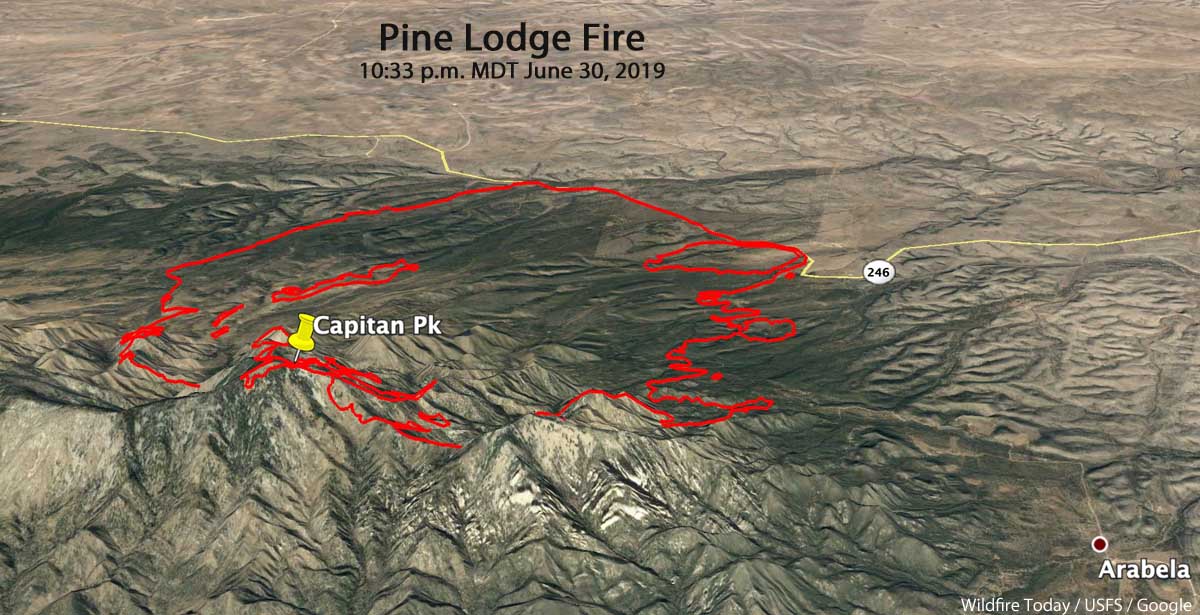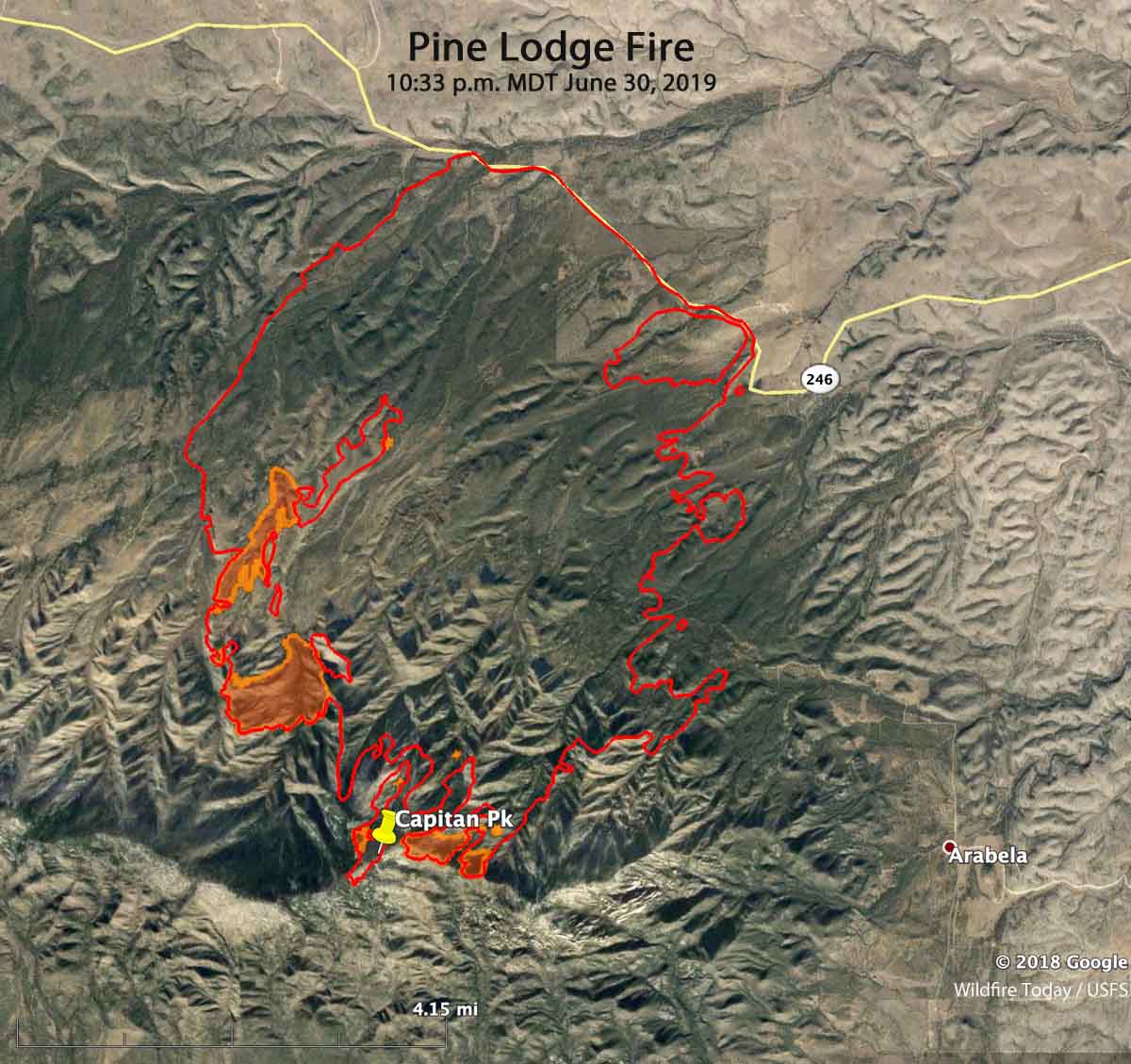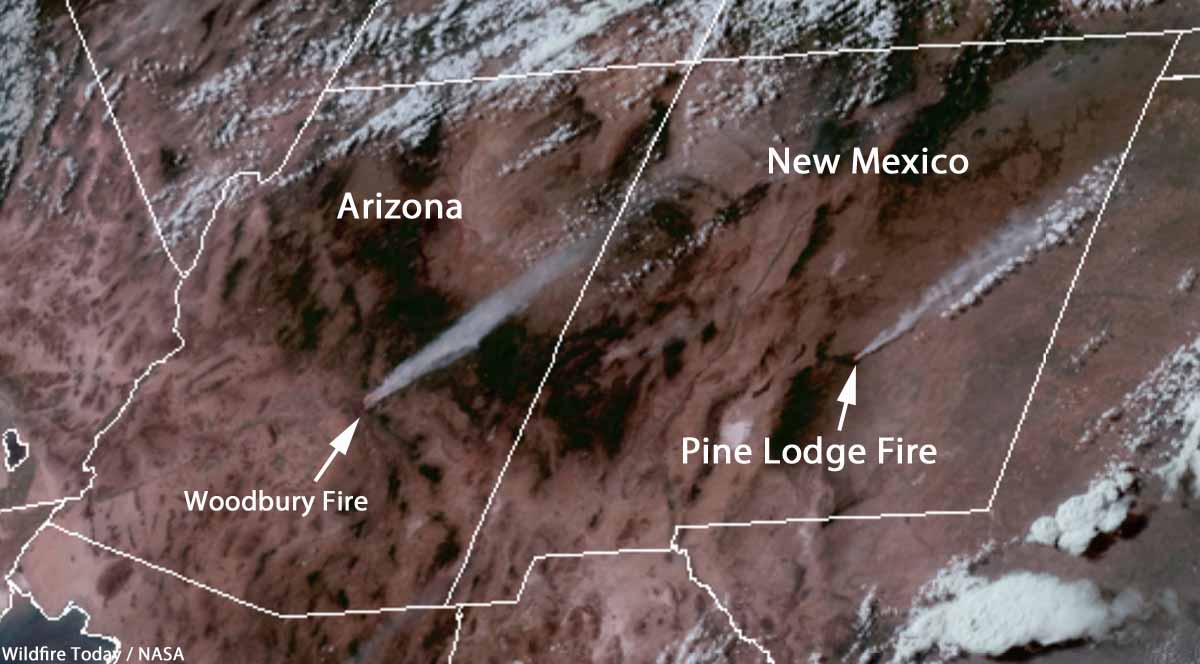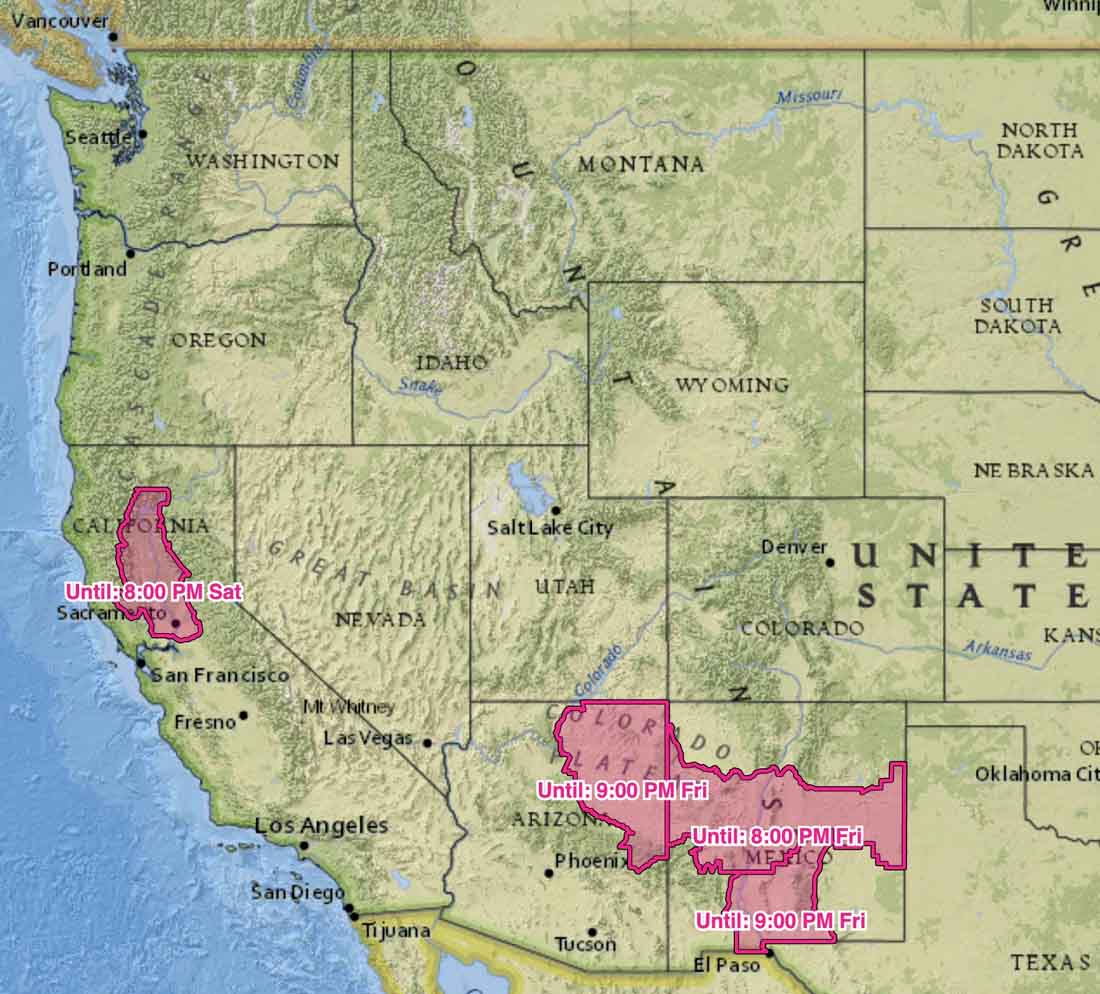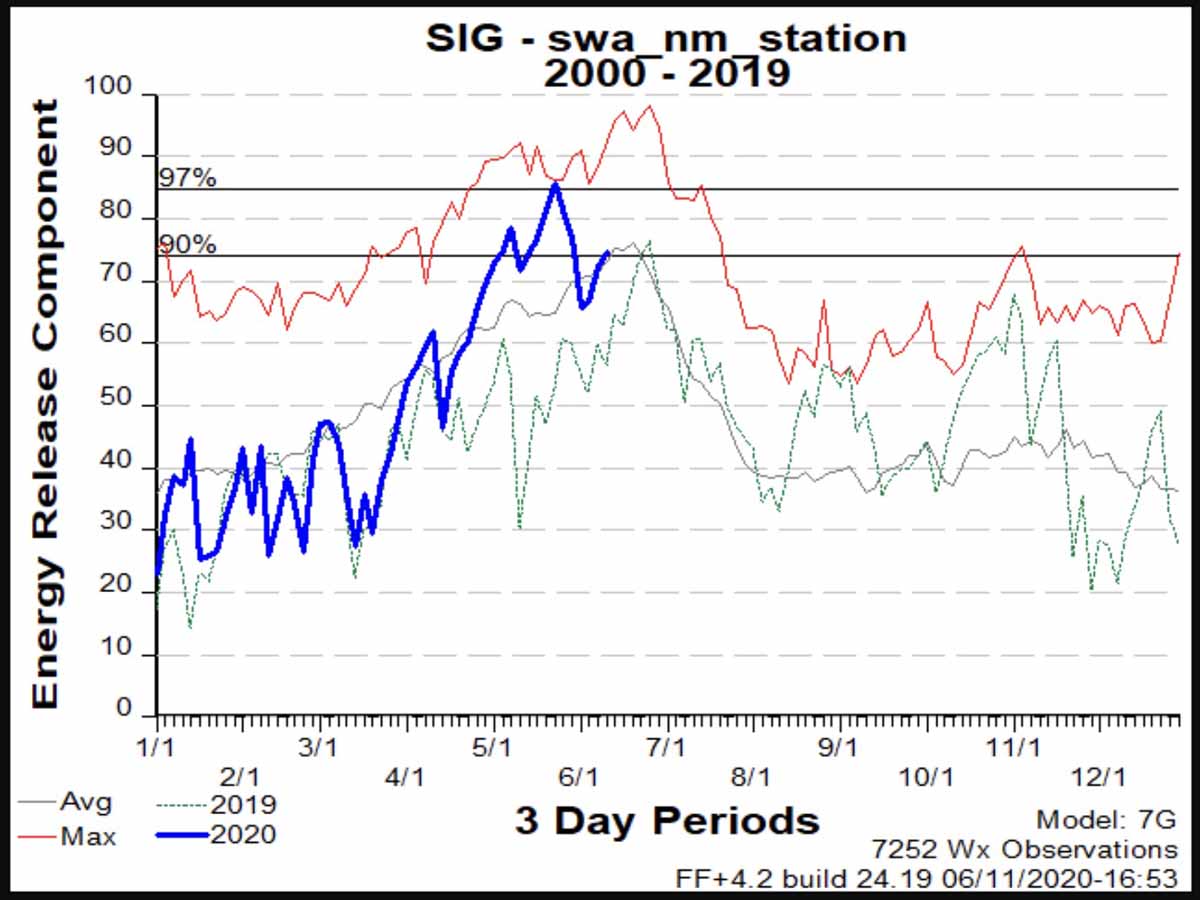
For the past two weeks most of the largest wildfires in the United States have been in Arizona, and recently the number of fires in New Mexico has also been increasing.
One of the reasons for this trend is reflected in the Energy Release Component (ERC) which is monitored from data collected at dozens of fire weather stations in the two states.
The ERC is an index indicating how hot a fire could burn. It is directly related to the 24-hour, potential worst case within the flaming front at the head of a fire.
The ERC can serve as a good characterization of a fire season since it tracks seasonal fire danger trends well. Fuel loading, woody fuel moistures, and larger fuel moistures all have an influence on the ERC, while the lighter fuels have less influence and wind speed has none. ERC has low variability, and is the best fire danger component for indicating the effects of intermediate to long-term drying on fire behavior.
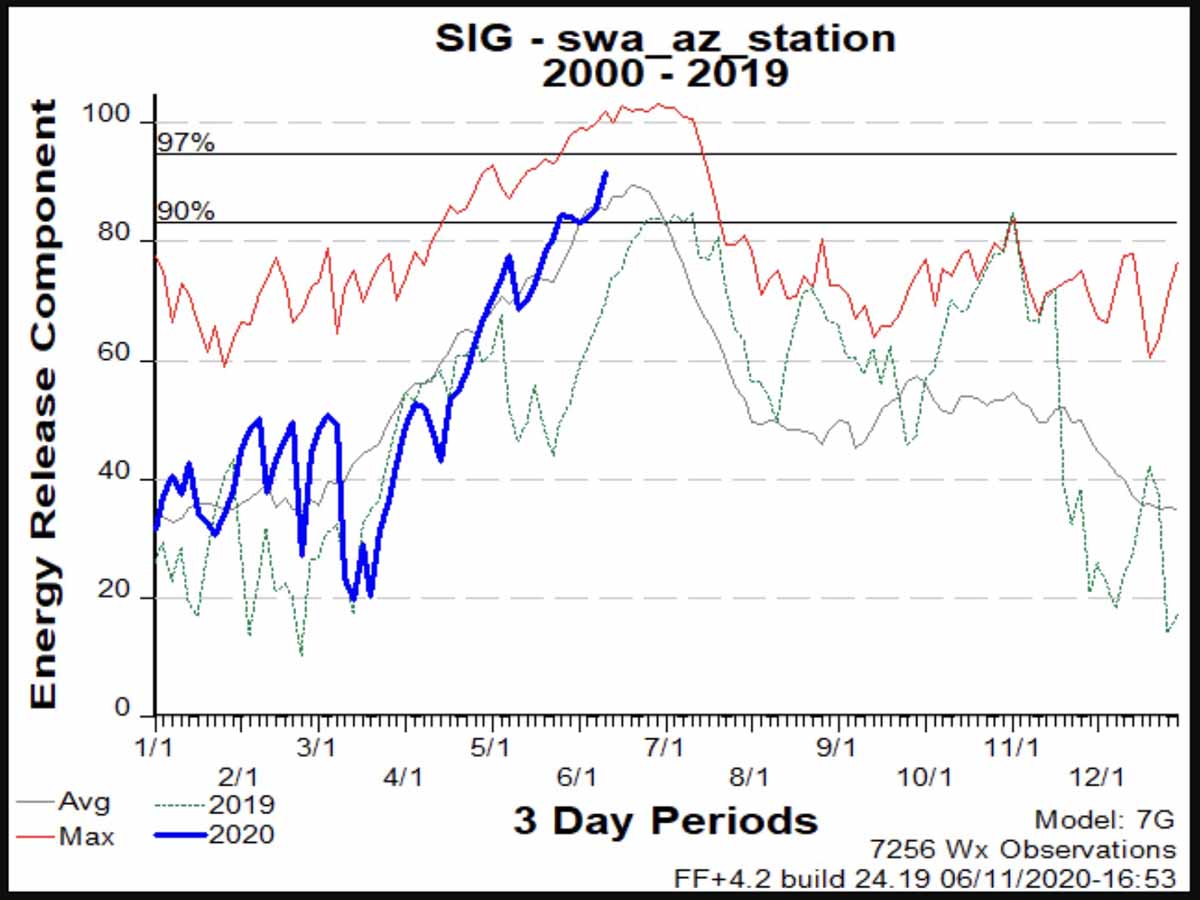
During the first six months of 2019 the statewide averages of ERC in Arizona and New Mexico were significantly below average, especially during May and June. So far during those two months this year the average ERCs have been slightly above average or well above. For the past week or so the statewide averages in the southwest have been above the 90th percentile and are nearing the 97th.
Click here to see ERC details at each of the fire weather stations in Arizona and New Mexico.
The weather forecasts for the next couple of weeks indicate that there is not much reason to think the ERCs will dip below average. WeatherUnderground predicts little or no rain in Phoenix, Flagstaff, or Albuquerque through the end of June. But the National Weather Service’s 8-14 day outlook predicts slightly higher probability of precipitation during that 7-day period, but with higher than normal temperatures.
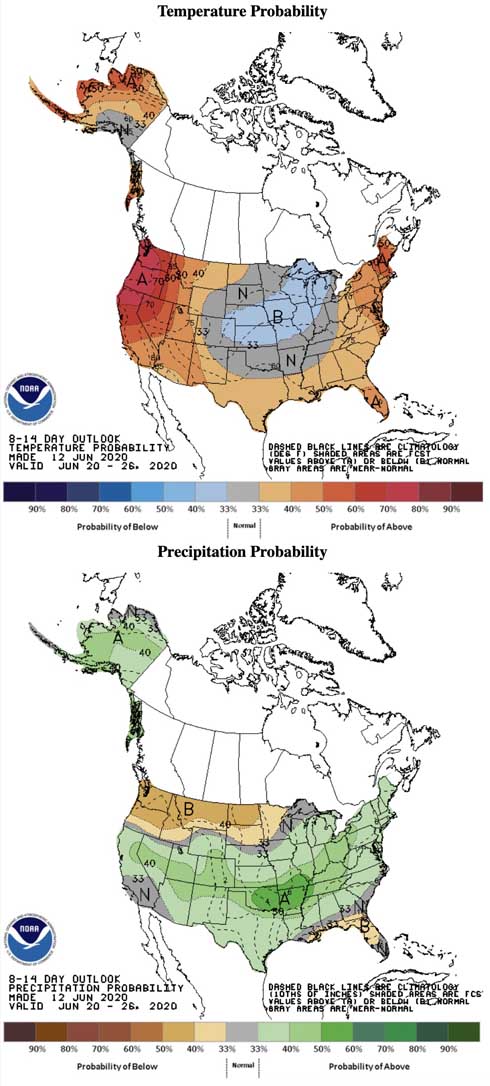
On June 1 the Predictive Services office at the National Interagency Fire Center concluded the fire potential during June and July would be higher than normal in northwest New Mexico and most of Arizona.
Below are excerpts from NIFC’s June 1 wildfire outlook in the section about Arizona and New Mexico:
“Above Normal significant large fire potential is expected across most of Arizona and northwestern New Mexico through mid-July followed by a return to Normal potential after mid-July as the monsoon arrives. Other locations across the region can expect Normal significant large fire potential.
“Over the past two months, average high temperatures have been from 1-4 degrees above Average west of the divide and generally between 2-6 degrees above average further east. Some spots in eastern New Mexico have seen high temperatures from 6-8 degrees above average. As far as precipitation, most portions of the region have seen much drier conditions over the past 60 days.
“Significant Large Fire potential is anticipated to remain Normal for many areas east of the [Continental] Divide during the month of June while most portions of Arizona into northwestern and northern New Mexico will experience Above Normal significant large fire potential. The fine fuels will be the continued focus of fire activity entering June until the larger fuels become receptive mid-month and remain so until the monsoon’s arrival in mid-July.”

